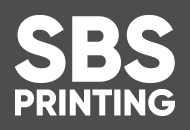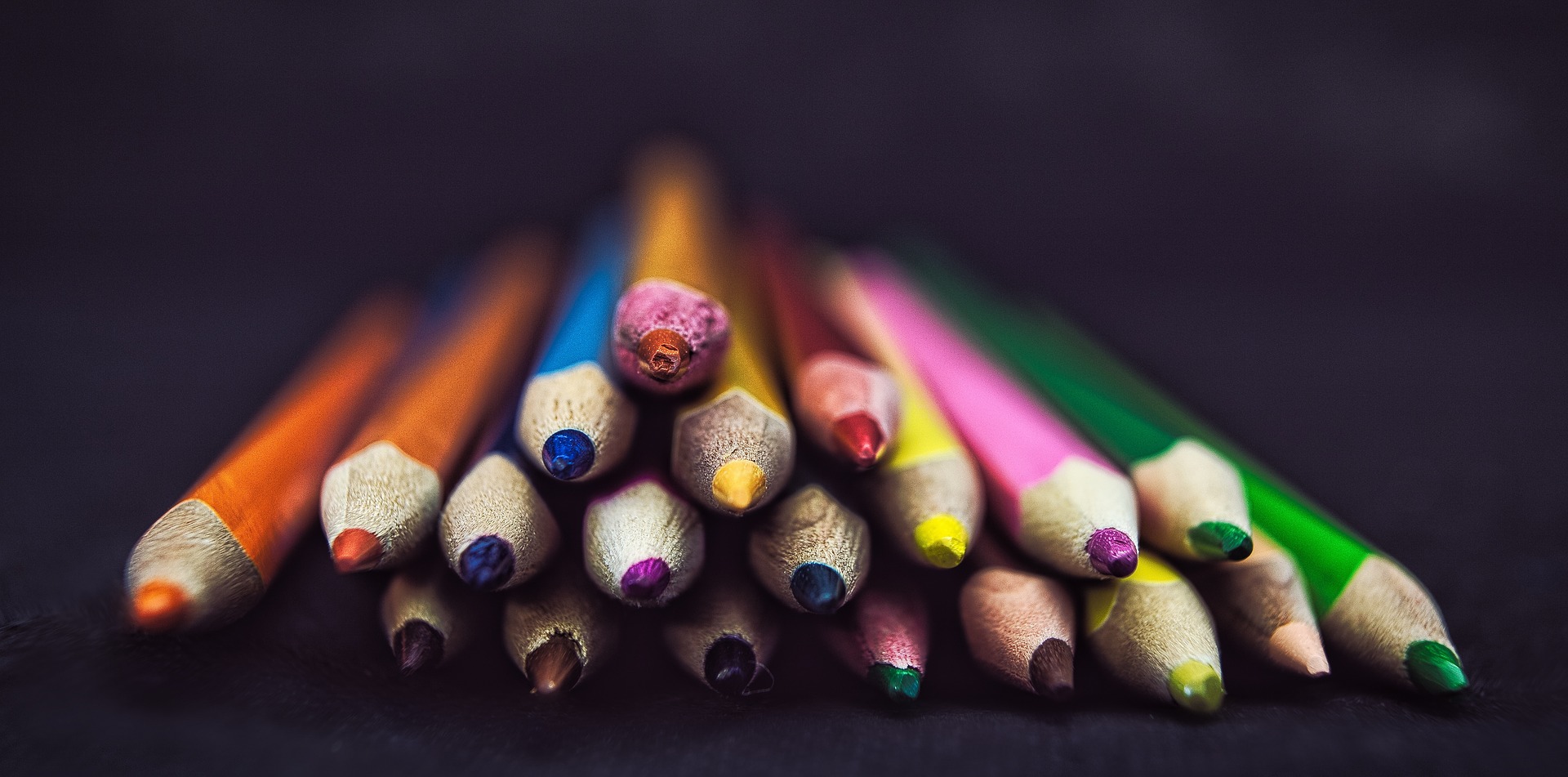Watercolour pencils are one of the staples of the art world, an ever-reliable product that most people start with when exploring the world of watercolour art. But if you are new to them, you might not realise how useful they are and how easy it is to get started with them. Let’s get to know these products a little better.
What are watercolour pencils?
Despite their appearance, watercolour pencils are different from your usual coloured pencil. That’s because they are designed to react to water and this allows them to work in a similar way to paints. The pigment in the pencil is water-soluble so it is released when wet and allows for bright and vivid colours.
The other main difference is that you can’t blend and layer with watercolour pencils because they don’t contain an oil or wax-based binder. But by mixing with water, you can achieve a greater range of effects.
How are they different to paints?
If you have been to an art shop, you’ll see both pencils and paints so what are the main differences?
Pencils and paints work quite differently from each other. Pencils are the best way to add details to a watercolour painting while paints work best for creating larger subjects such as landscapes.
Paints have a reputation for being a bit tricky to learn but pencils tend to be much easier. With water involved, you’ll quickly learn how to blend colours, spread paint across a page, and see the effect the water has on the pigment.
What do you need to start with watercolour pencils?
Another benefit of watercolour pencils is that it is relatively simple to start and you don’t need a lot of complicated or expensive equipment. To get started, you’ll need:
- Watercolour pencils
- Paper
- A brush for the water
You may also want to have a graphite pencil and some masking fluid handy but these are optional, depending on what you plan to do.
There are lots of good sets of 12 or 24 watercolour pencils that will make the perfect start to your watercolour experiment. In terms of paper, aim for something that is thicker than sketching paper as this is prone to warping when coming into contact with water. Specialist watercolour paper is the best bet as it is designed to hold the extra moisture.
You don’t need anything fancy in terms of a brush with watercolour pencils. The best brushes are made from sable but are also expensive so don’t be afraid to go with budget brushes while you are learning. Size and shape are more important, a round brush is best because it is flexible.
Find a technique to try
There are lots of techniques to try when it comes to starting with watercolour pencils. Some artists draw first then add water after or at stages during the project. That’s when a graphite pencil can come in handy. Others prefer to dip pencils into the water to get a thicker, more vibrant colour. Some even draw onto wet paper!
But try a few different approaches and see what works best for you. With just a few basic supplies (that make an excellent Christmas present), you can be watercolour painting in no time – with no paints in sight!

